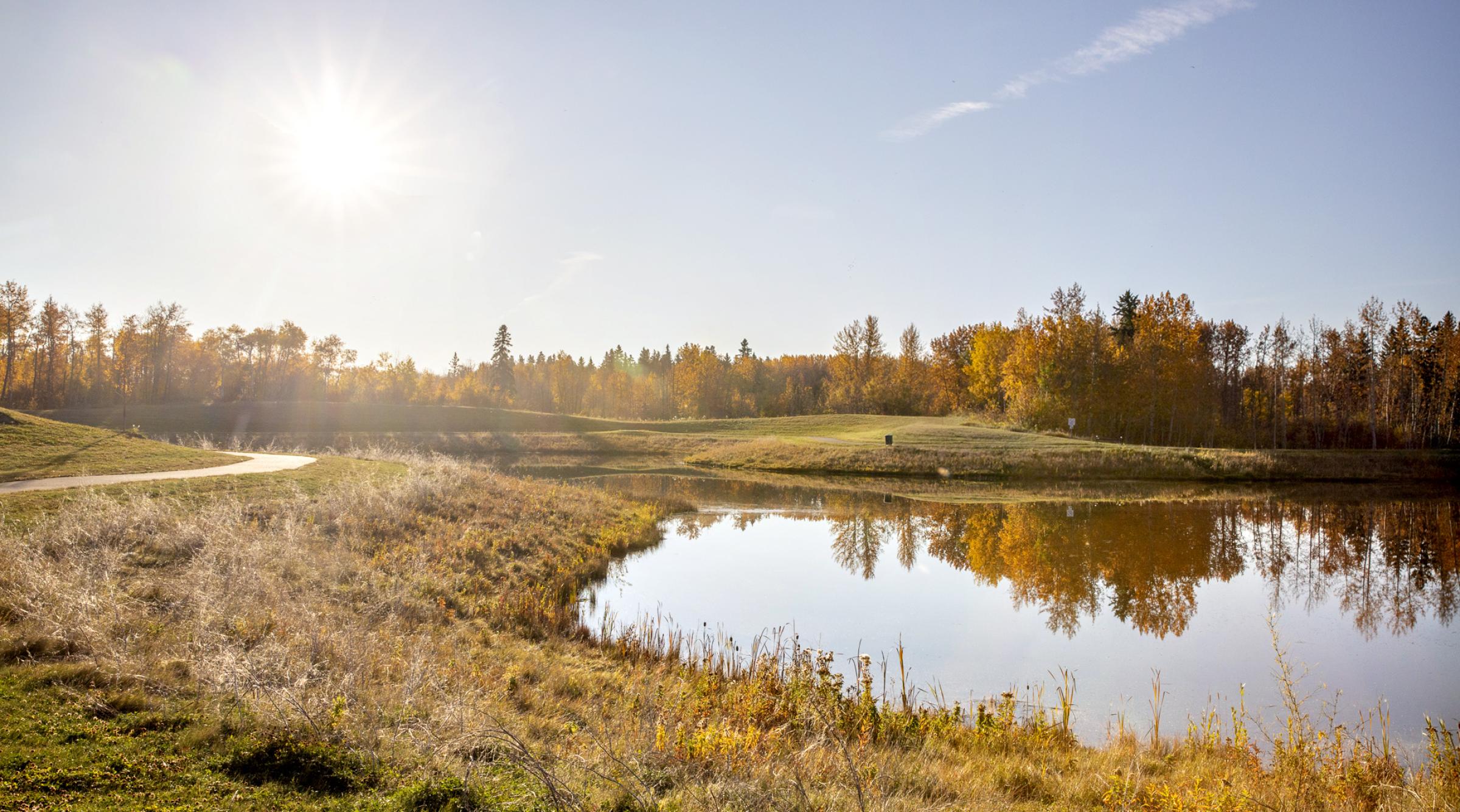Land Acknowledgement

Background
As Red Deer Polytechnic continues to build a culture of inclusion and respect, land acknowledgement provides an opportunity to recognize the Indigenous Peoples whose history is deeply rooted in the land where the Polytechnic's campuses are situated.
Before undertaking any land acknowledgement, each individual is encouraged to reflect on what this means to them personally. Why is the land acknowledgement being stated or printed? What does it compel each of us to do?
At Red Deer Polytechnic, we believe in sharing a land acknowledgement in the spirit of the Truth and Reconciliation Commission’s Calls to Action and we have made a commitment to Indigenous education by signing the Colleges and Institutes Canada Indigenous Education Protocol. Through these commitments, we can move forward together from a place of understanding and respect. We believe that each of us, no matter what our background, has a role to play in reconciliation.
RDP encourages people to do their own research and incorporate land acknowledgement in a way that is meaningful and authentic to them, within the context of what they are presenting and to whom they are presenting.
Text Options
The following text, which has been developed by RDP’s Indigenous Student Services team, provides options for land acknowledgement, and these are appropriate for use on the Polytechnic’s campuses.
Full land acknowledgement (for formal speaking engagements and events; can be incorporated into print documents):
Red Deer Polytechnic recognizes that our campuses are situated on Treaty 7 land, the traditional territory of the Blackfoot, Tsuut'ina and Stoney Nakoda peoples, and that the central Alberta region we serve falls under Treaty 6, traditional Métis, Cree and Saulteaux territory. We honour the First Peoples who have lived here since time immemorial, and we give thanks for the land where RDP sits. This is where we will strive to honour and transform our relationships with one another.
Shorter land acknowledgement (for small, internally focused events, meetings and classes; can be used at the end of the Red Deer Polytechnic email signature):
Red Deer Polytechnic acknowledges that we learn and work on Treaty 7, Treaty 6 and Métis ancestral lands, the gathering place of many Indigenous Peoples. This is where we will strive to honour and transform our relationships with one another.
Pronunciation Notes
Tsuut'ina is pronounced “SOOT-ih-na”
Saulteaux is pronounced “SO-toe”
Acknowledgement at Other Locations
Appropriate text for land acknowledgement differs based on region, so Red Deer Polytechnic representatives who are speaking at locations away from our Polytechnic campuses are encouraged to familiarize themselves with the appropriate recognition for a given area and to share this in an authentic way.
As an example, at the outset of a speaking engagement at another location, a representative from RDP might choose to say:
“Thank you to [insert name of nation or group] for welcoming us to your territory.” As a next step, the speaker could also identify what they are committed to doing, such as: “In my commitment to reconciliation, I would like to continue to [insert personal action or commitment].”